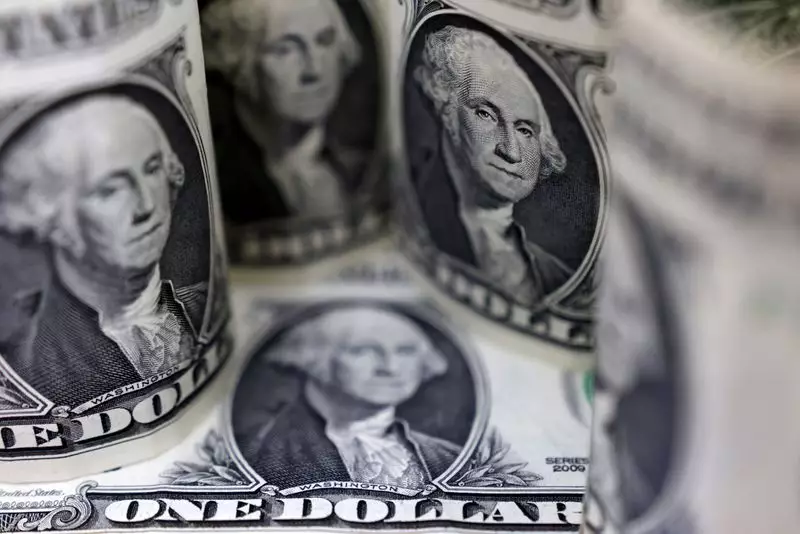As the U.S. dollar experiences significant fluctuations, concerns about its valuation have emerged prominently among market analysts. According to a recent report by UBS, the dollar is now in an “overstretched” position, signaling potential risks for investors. Recent movements indicate the dollar’s DXY index climbed above 106 points, propelled by geopolitical tensions exacerbated by statements from President-elect Donald Trump. His warnings of imposing 100% import tariffs on BRICS nations have certainly stirred market sentiment, showcasing how political developments can swiftly impact currency valuations.
Trump’s assertion that the BRICS nations are attempting to weaken their reliance on the dollar reflects a growing narrative around de-dollarization. This phrase refers to countries diversifying their reserves to lessen dependence on the U.S. currency. Trump’s comments underscore a strategic pivot where he perceives this shift as a direct challenge to the dollar’s supremacy. The immediate market reaction saw currencies like the Chinese yuan, Indian rupee, and South African rand experiencing modest declines. Such movements highlight the interconnected nature of global finance, where political rhetoric can trigger market volatility.
Understanding Dollar Dominance
Despite these tensions, analysts at UBS are optimistic about the dollar’s future. Their findings indicate that the U.S. dollar accounts for over 47% of global payment transactions and is involved in 88% of all international trades. This unwavering dominance suggests that while de-dollarization efforts from BRICS nations are gaining momentum, they lack the structural support necessary to dethrone the dollar from its coveted position in global finance. The dollar’s liquidity, reflected in its use in international markets, remains unparalleled, thus reinforcing its status as a primary currency.
In light of these developments, UBS analysts recommend that investors be cautious. While the dollar may appear strong, there is an ongoing debate about its sustainability, considering the underlying geopolitical tensions. The assertion that now is the time to reduce US dollar exposure can be viewed as prudent advice, especially for those attuned to market cycles. This suggests a strategic approach where periods of dollar strength may offer opportunities to rebalance investment portfolios toward greater diversification.
As the currency landscape continues to evolve amid political machinations and economic shifts, investors must remain vigilant. The warnings from UBS signal the complexities surrounding the dollar’s valuation, and, although it maintains a dominant position globally, the changing dynamics cannot be overlooked. The threat of increasing alternative currency strategies from the BRICS nations presents a compelling case for investors to assess their strategies critically. Overall, amid the apparent strength of the dollar, the potential for volatility requires careful navigation—one influenced not just by economic fundamentals but also by the unpredictable nature of global politics.

